Human Sacrifices (Including Children) in South America and 20 Other Cultures for Religious and other (Satanic) Purposes
by
Robert Gorter, MD, PhD.
9th of September, 2021
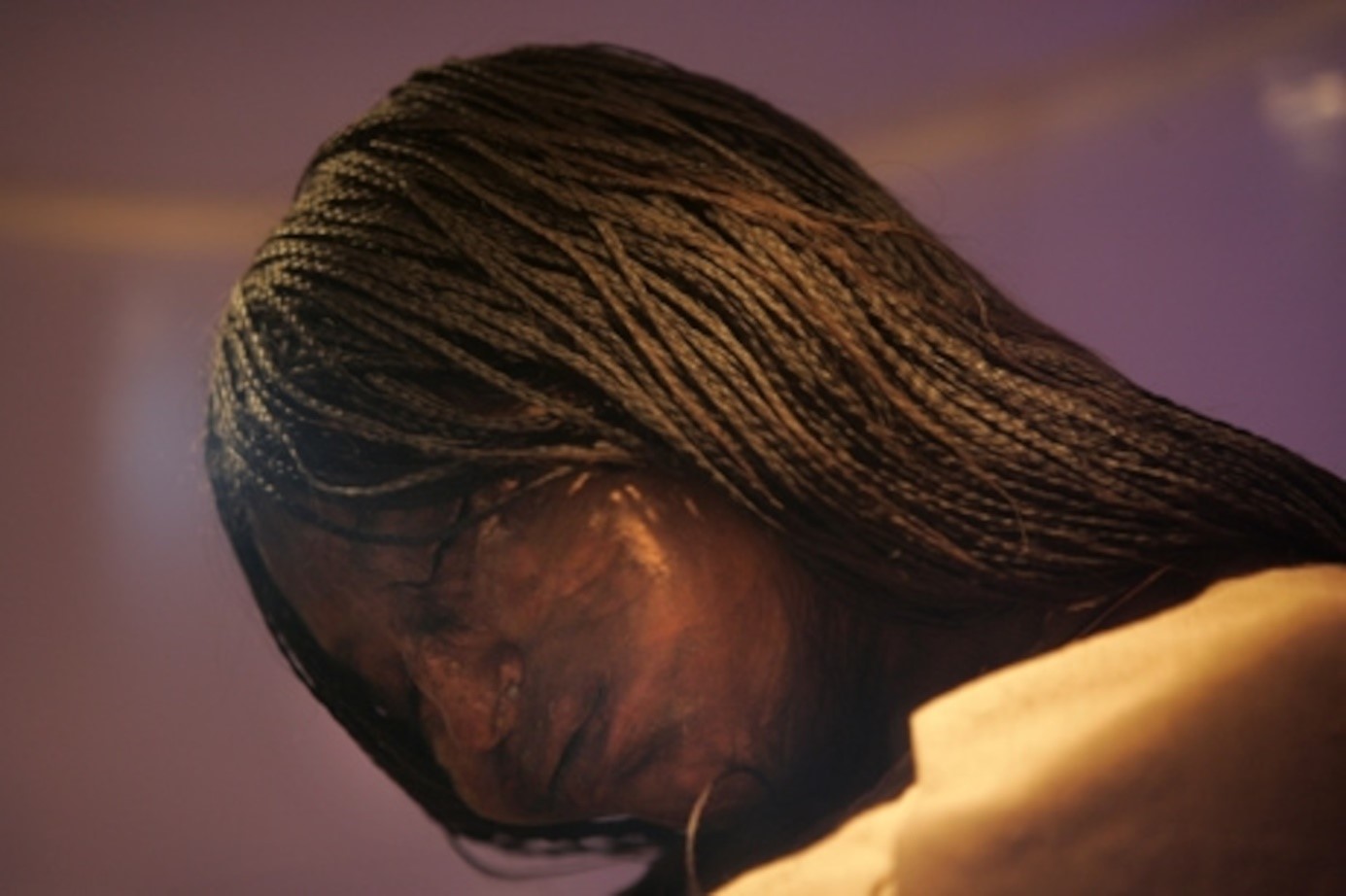
A drugged Inca virgin sacrificed by freezing to death
Archaeologists in Peru have unearthed what is believed to be the largest single mass child sacrifice in Peruvian history.
The bodies of 227 victims, aged between five and 14, were found near the coastal town of Huanchaco, north of Peru’s capital Lima.
The children were believed to have been sacrificed over 500 years ago.
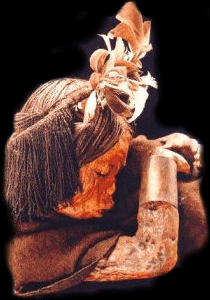
The discovery comes barely a year after more than 200 child victims of human sacrifice were found at two other sites in the country.
Archaeologists told the AFP news agency that some of the bodies in this latest collection still had hair and skin when they were dug up.
The children show signs of being killed during wet weather and were buried facing the sea, meaning they were probably sacrificed to appease the Chimú’s Gods.
It is unclear in exactly which year the sacrifice took place.
The Chimú peoples resided along Peru’s northern coast and were one of the region’s most powerful civilizations. They reached prominence between 1200 and 1400 before being conquered by the Incas, who were in turn conquered by the Spanish.
Excavation work is continuing at the mass burial site, and archaeologists say more bodies will likely be discovered.
“It’s uncontrollable, this thing with the children,” chief archaeologist Feren Castillo told AFP. “Wherever you dig, there’s another one”.
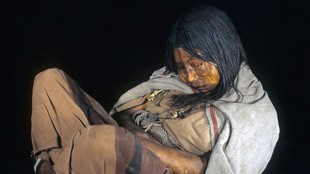
To please their Gods, another virgin sacrificed by freezing her to death
https://youtu.be/O84Y1jLrw1U?t=44
https://youtu.be/4zHge8wdPTk?t=13
https://youtu.be/vUDiXs927-U?t=9
An interesting scientific study examined isolated child skeletal remains from ritual structures at the Wari site of Conchopata (A.D. 600–1000) to evaluate how they were modified into trophy heads and whether the children were sacrificed. The skeletal remains represent at least seven children. Strontium isotope ratios are examined to determine whether children were taken from foreign locales. Results show that the children’s skulls exhibit a hole on the apex of the cranium and on the ascending ramus of the mandible, identical to the adult Wari trophy heads. At least one child may have been sacrificed. 87Sr/86Sr demonstrate that two of the four sampled child trophy heads were nonlocal, suggesting that children were occasionally abducted from distant communities, perhaps for sacrifice and certainly to transform some into trophy heads. The similar child and adult trophy heads suggest that the ritual treatment of children was not uniquely designed, at least as it related to their processing, display, and destruction. Furthermore, it is suggested that the child trophy heads were not simply passive symbols of pre-existing authority by the head-takers and trophy head-makers. The trophy heads simultaneously imbued those agents with authority—they did not merely reflect it—demonstrating the “effective agency” of the trophy head objects themselves. Finally, we suggest that prisoner-taking and trophy head-making by military and ritual elites served to legitimate the authority of those individuals while simultaneously serving larger state goals that enhanced Wari state authority and legitimated its policies and practices. (1)
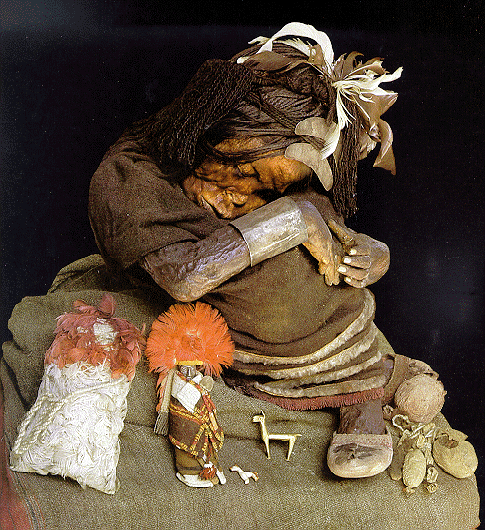
Human sacrifice has been around for probably five millenniums — the Maya, Aztecs, and ancient Egyptians; and even Abraham, the forefather of the Jews and the Arabs, killed prisoners of war and volunteers; sons and daughters and slaves over the course of their histories. But child sacrifice, especially mass killings, is incredibly rare.
Previously, evidence of the largest youth sacrifice ever — 42 children — was discovered at Templo Mayor in Tenochtitlán, the ancient Aztec capital, according to National Geographic.
Other burial sites were uncovered where seemingly ca. 40 children were sacrificed in one large ceremony.
Ruins of Chan Chan, the capital of the Chimú empire, sit nearby the modern-day town of Huanchaco. In 2011, a local pizza shop owner told Gabriel Prieto, a professor of archaeology from the National University of Trujillo, to check out a nearby vacant lot full of human bones.
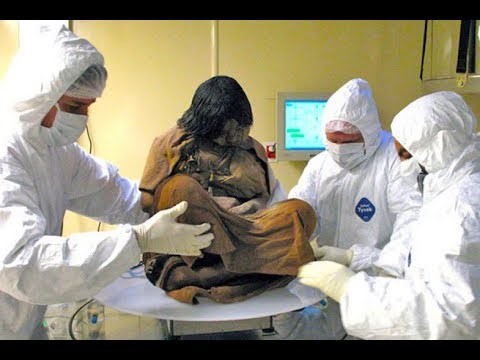
Archeologists study carefully this almost perfectly preserved mummy by being deep-frozen for centuries
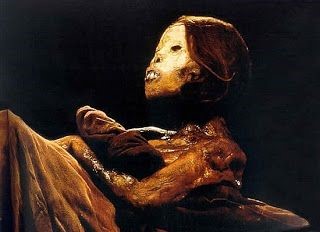
One of many “Ice Mummies”
References:
https://youtu.be/O84Y1jLrw1U?t=44
https://youtu.be/4zHge8wdPTk?t=13
https://youtu.be/vUDiXs927-U?t=9
Mass child sacrifice discovery may be largest in Peru – BBC News
BBC News › news › world-Latin-America-49495167

28 Aug 2019 … Mass child sacrifice discovery may be largest in Peru …
Approximately 25 Cultures That Practiced Human Sacrifice(2)
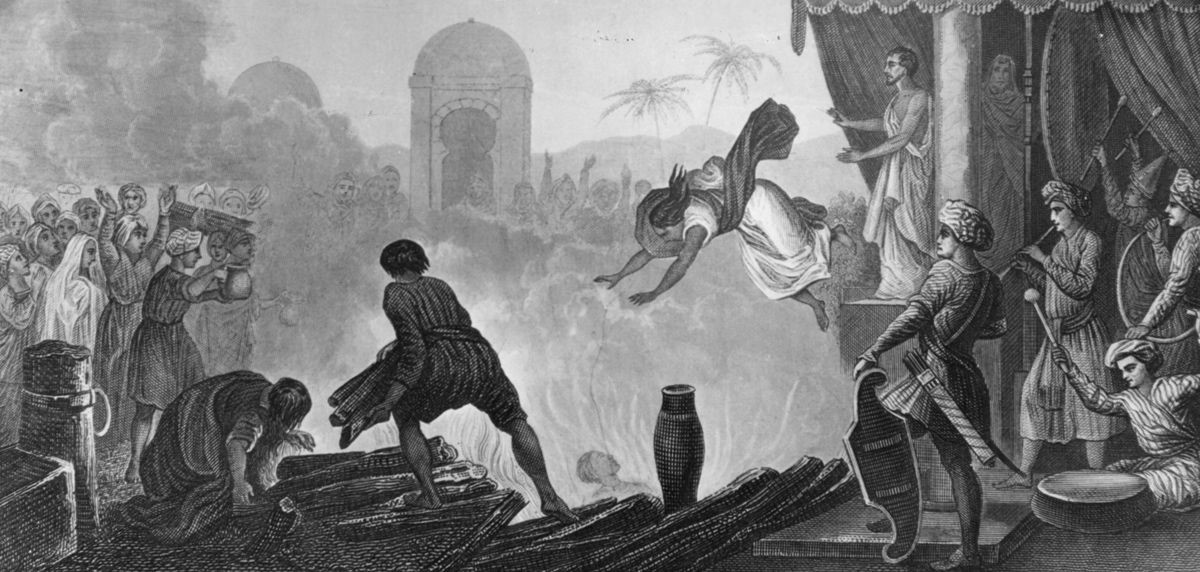
Human sacrifices since approx. 5,000 years
India human sacrifice.
(Image credit: Hulton Archive/Getty Images)
From prehistory to the 21st century, human sacrifice has been practiced around the world by numerous cultures. Live Science takes a look at 25 cultures that practiced, or still practice human sacrifice.
China sacrifice
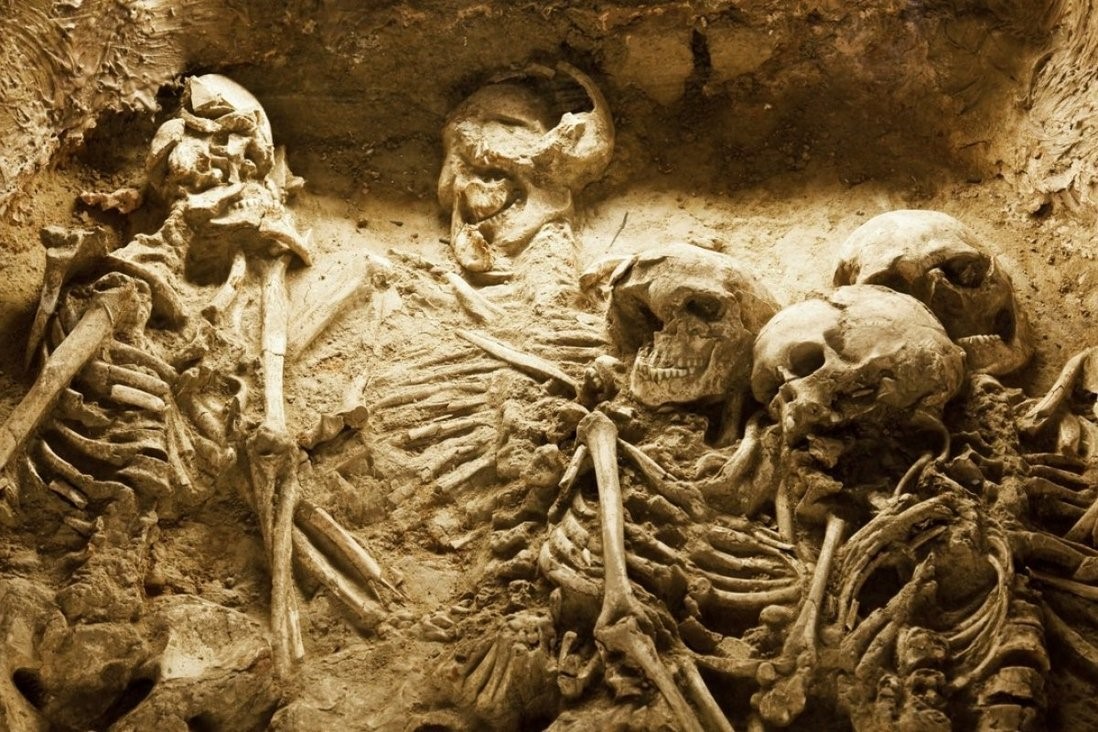
The skeletons of a family in an ancient sacrifice pit in China.
China human sacrifice in China.
Human sacrifice was practiced in China for thousands of years. At a 4,000-year-old cemetery near modern-day Mogou village in northwestern China, archaeologists found hundreds of tombs, some of which held human sacrifices. One sacrificed victim was around 13 years old. Archaeologists have also found thousands of human sacrifices at Shang Dynasty (1600 – 1040 B.C.) sites in the modern-day city of Anyang.
The practice of human sacrifice seems to have stopped or become very rare by the time China was unified in 221 B.C. by Qin Shi Huang, the first emperor of China. The first emperor’s Terracotta army, made up of thousands of life-size clay warriors, allowed him to take an army with him to the afterlife without sacrificing real-life warriors.
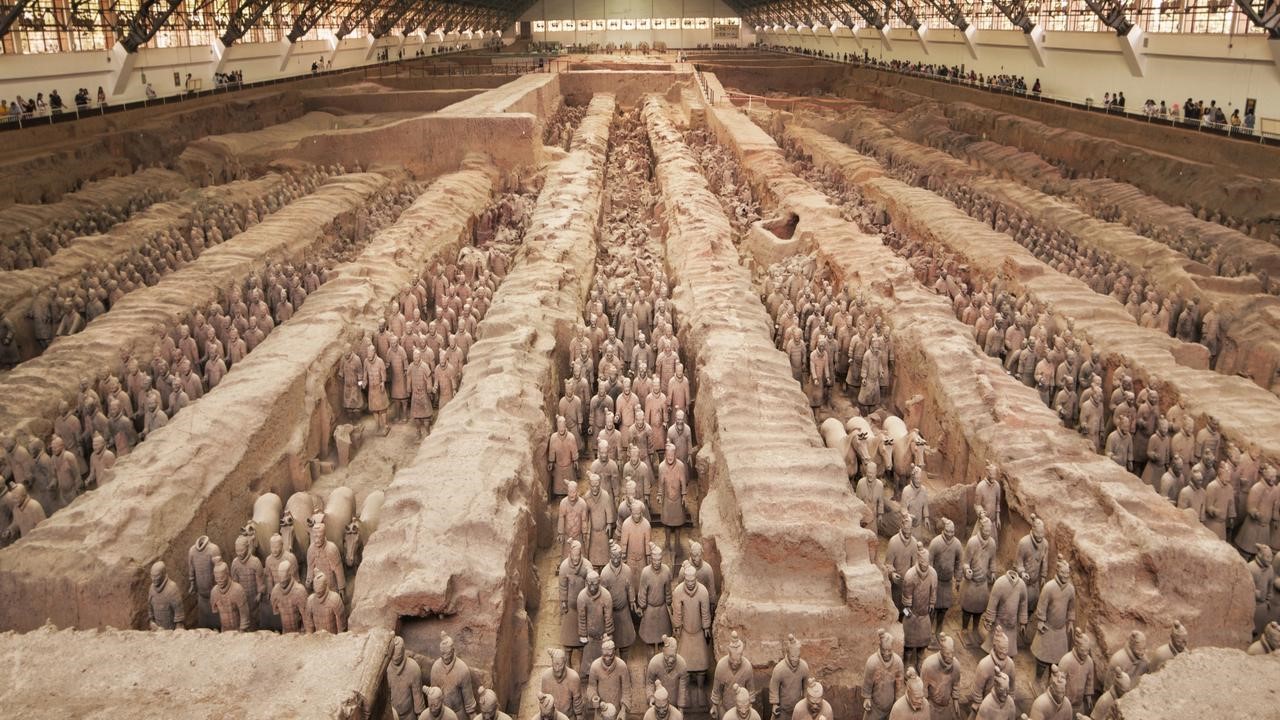
A large army of terracotta soldiers to serve the emperor in Life-after-Death and no longer, living soldiers had to be sacrificed to serve their emperor after his death
City of Ur
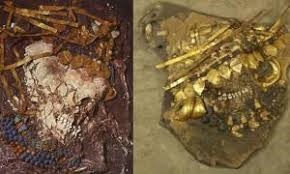
The city of Ur.
A new examination of skulls from the royal cemetery at Ur, discovered in Iraq almost a century ago, appears to support a more grisly interpretation than before of human sacrifices associated with elite burials in ancient Mesopotamia, archaeologists agree.
Palace attendants, as part of the royal mortuary ritual, were not dosed with poison to meet a rather serene death. Instead, a sharp instrument, a pike perhaps, was driven into their heads.
Archaeologists at the University of Pennsylvania reached that conclusion after conducting the first CT scans of two skulls from the 4,500-year-old cemetery. The cemetery, with 16 tombs grand in construction and rich in gold and jewels, was discovered in the 1920s. A sensation in 20th-century archaeology, it revealed the splendor at the height of the Mesopotamian civilization.
The recovery of about 2,000 burials attested to the practice of human sacrifice on a large scale. At or even before the demise of a king or queen, members of the court like handmaidens, warriors, and others were put to death. Their bodies were usually arranged neatly, the women in elaborate headdresses, the warriors with weapons at their side.
- Leonard Woolley, the English archaeologist who directed the excavations, a collaboration between Penn and the British Museum, eventually decided that the attendants had been marched down into burial chambers, where they drank poison and lay down to die. That became the conventional story.
Among the many human remains, only a few skulls were preserved, and those had been smashed into fragments not in death but from the overburden of earth accumulating over the centuries to crush skulls flat as pancakes. That had frustrated earlier efforts to reconstruct the skulls.
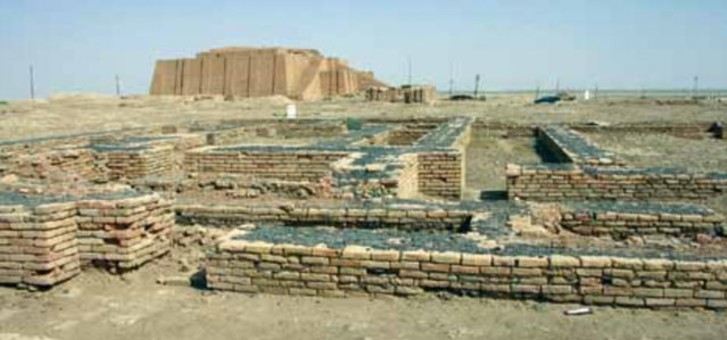
The Great Death Pit at the ancient city of Ur, in modern-day Iraq, contains the remains of 68 women and six men, many of which appear to have been sacrificed. Dating back about 4,600 years, a variety of fantastic treasures, including a statuette known as the Ram in the Thicket, which is made of silver, shell, gold, lapis lazuli, and carnelian, were found in the death pit. Archaeologists believe that the pit was used to bury Ur’s rulers.
RECOMMENDED VIDEOS FOR YOU…
Marching for Science with Live Science! | Video
25/04/17Marching for Science with Live Science! | Video
Deadly Poisons Made World War I ‘The Chemists’ War’video playing
The 10 Best Science Visualizations of the Year
03/04/17The 10 Best Science Visualizations of the Year
3D Printing Cheese for Science
17/03/173D Printing Cheese for Science
‘Science Under Threat’ In US – An Astrobiologist’s…
13/02/17‘Science Under Threat’ In US – An Astrobiologist’s Take | Video
Enter Syfy’s World of ‘The Magicians’ at Interactive…
30/01/17Enter Syfy’s World of ‘The Magicians’ at Interactive NYC Exhibit | Video
Mound 72

Cahokia human sacrifice.
A 30-foot (9 meters) mound called Mound 72 by modern-day archaeologists holds the remains of 272 people, many of them sacrificed. It is located at Cahokia, a city located near modern-day St. Louis that flourished from A.D. 1050 to 1200.
The archaeology of the mound is complex, but it appears as if people were sacrificed gradually in a series of episodes. In one episode, 52 malnourished women ages 18 to 23, along with a woman in her 30s, were sacrificed at the same time. In another episode, it appears that 39 men and women were clubbed to death. The mound also holds the remains of two individuals who were buried with 20,000 shell beads. It’s possible that some or all of the sacrifices were dedicated to the two individuals.
Inca child mummies
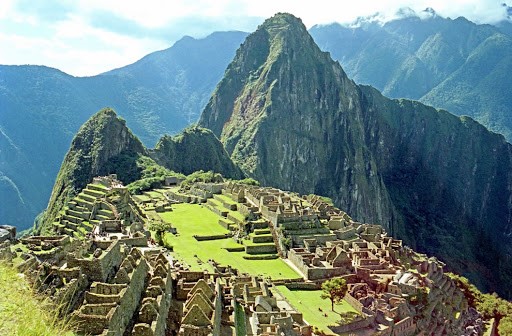
Ancient Inca city of Machu Picchu, Peru.
The Inca flourished during the 15th century A.D., conquering large swaths of territory in the Andes and connecting it with a vast system of roads. The Inca also practiced child sacrifice; their mummies have been found by archaeologists, often near the summit of mountains, glaciers, and volcanoes.
In one famous example, three child mummies were found near the remains of a shrine at Mount Llullaillaco — a 22,100-foot-tall (6,740 meters) active volcano on the border of Chile and Argentina. Researchers found that in the year before they died they were “fattened up” with a diet of maize and dried llama meat; and before their death, they were given maize beer and coca leaves. How exactly they were killed is unknown but they were drugged to pacify them.
Maya sacrifice
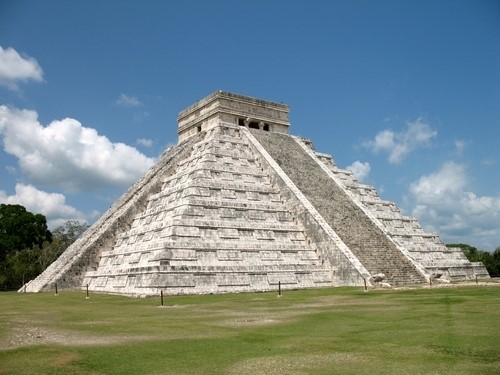
Temple for Maya Human Sacrifice.
The ancient Maya practiced human sacrifice on special occasions. These sacrifices were sometimes conducted in their temples, and many of the victims may have been prisoners of war. At the ancient city of Chichen Itza, victims were painted blue, in honor of the rain god Chaak, before being sacrificed and thrown into a well.

For human sacrifices by the Maya peoples, it was important that the heart was taken out while it was still beating.
Some archaeologists believe that Maya ball games would, on rare occasions, end with members of the losing or winning team being sacrificed. Evidence for these sacrifices is mainly found in depictions of Maya art, and not all archaeologists interpret the images as representing the sacrifice of a ball team.
Ancient Israel

Israel human sacrifice.
The Hebrew Bible mentions human sacrifice being carried out by Israelites several times; however, researchers do not agree on how often the practice occurred or whether it took place at all. Perhaps the most famous biblical story is that of Abraham who, in the book of Genesis, was told by God to sacrifice his son Isaac. Before the deed is done, God stops him and tells Abraham that he was only testing him. But why was the teat a Human Sacrifice? Around what is now Israel, human sacrifices were commonly done.

Abraham is ready to sacrifice his son Ismael by Rembrandt van Rijn
Whether the stories in the Hebrew Bible indicate that human sacrifice actually occurred in ancient Israel is a source of debate among researchers. Unless clear archaeological evidence is found it’s unlikely that the debate will ever be resolved. But in those days, demand sacrifices of other nations, slain by warfare, was common.
Aztec civilization
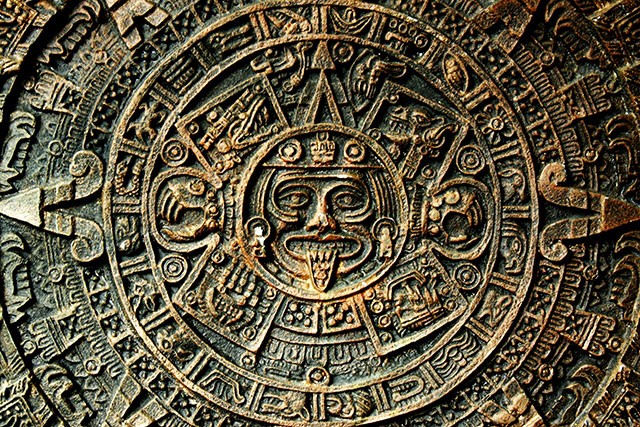
Aztec human sacrifice.
The Aztec civilization in Mexico was centered at the ancient city of Tenochtitlán, in what is now Mexico City, and flourished during the 14th and 15th centuries A.D. Artistic, archaeological and textual records indicate that human sacrifices occurred with some regularity at Tenochtitlán, particularly at the Templo Mayor, one of the largest temples in the city, where the remains of Tzompantli (skull racks) have been found.
People in the contemporary world are forced to confront human violence that is repetitive and organized. People become interested more and more in knowing what the causes and the sources of this type of human aggression toward other people are. When you look deeply at that question, you are forced to be comparative. You are forced to look at other examples in history. When Spaniards came into Mesoamerica in 1517, they encountered the ritually violent practices of the Maya and the Aztecs. Those ritual practices were in public, and people knew they were part of a calendar schedule. One reason to look at Aztec sacrifices is to see if there are any keys to the human proclivity for ritual violence, repeated wars, to violence against people of color, to the way women are often treated violently. These are very troubling common practices, and it is important to not just think that they happened long ago. And so one of the reasons to look at this is to try to understand the Aztecs and to see if they help us understand ourselves.
Sources of knowledge about human sacrifice in Aztec culture

We know about human sacrifice in Aztec culture from an array of evidence. First of all, we have prehispanic codices that have survived. In those pictorial manuscripts, we see many scenes of sacrifice, both human sacrifice and the sacrifice of gods. Secondly, we have interviews that took place between Spanish priests and indigenous Aztecs during the conquest of Mexico wherein we have many accounts of sacrificial rituals. The most impressive empirical record comes from “The Florentine Codex”, which is currently in the Laurentian Library in Florence. These are interviews that took place in Mexico city between 1540 and 1580. We have detailed descriptions of ritual sequences of the 18 ceremonies where human sacrifice took place.
The Spanish conquered the Aztecs during the 16th century, bringing with them diseases that decimated the population. The Spanish sometimes used the Aztec practice of human sacrifice to try to justify their conquest of the Aztecs.
Ancient Egypt
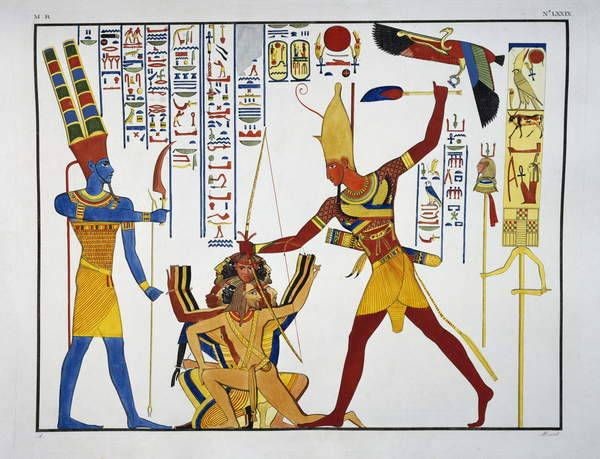
Egypt human sacrifice
Human sacrifice of conquered tribes occurred around 5,000 years ago during Egypt’s early history. Human sacrifices have been found by the graves of early pharaohs at Abydos, a city in southern Egypt that served at times as Egypt’s capital and was the cult center for Osiris, The Father God of the trinity Osiris-Horus-Isis. (Osiris-Horus-Isis can be compared to Father-Son-Holy Spirit and to Brahma-Visnu-Shiva in Hindu tradition). The practice vanished by the time the Giza pyramids were built around 4,500 years ago.
Stonehenge
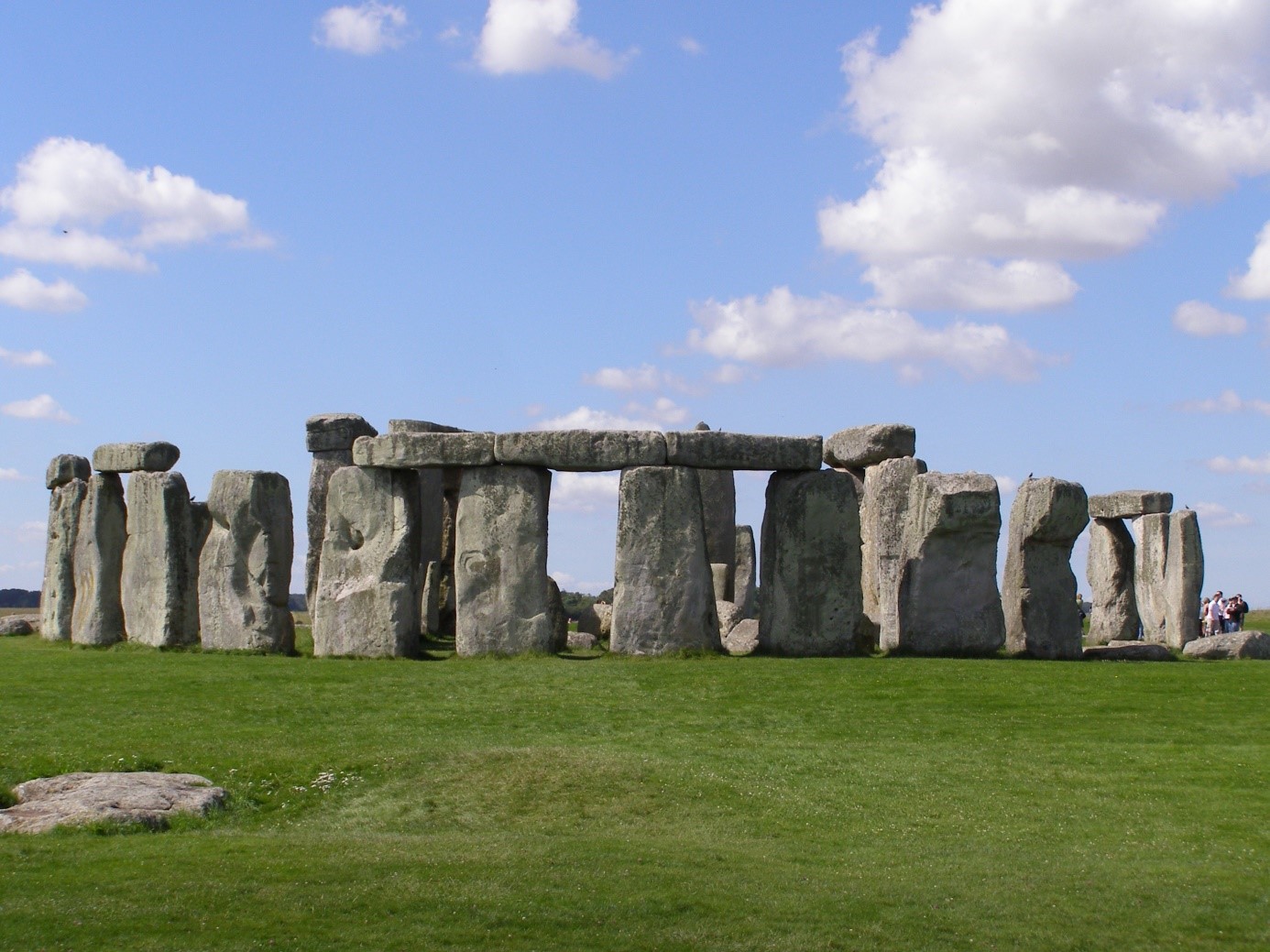
Stonehenge human sacrifice (?)
The skeleton of a man found buried in a ditch at Stonehenge has been interpreted by Jacqueline McKinley, an osteoarchaeologist with Wessex Archaeology, as a sacrificial victim. The man, who McKinley said was 5 foot 10 inches and had a robust muscular build, was shot repeatedly with arrows. McKinley interprets the location of his burial and the nature of his execution as indicating that he was killed as part of a human sacrifice. Her research was featured in 2014 in a Smithsonian Channel documentary showing a re-creation of his sacrificial execution.
Stonehenge was constructed between roughly 5,000 and 4,000 years ago and was part of a sacred landscape that included shrines, burials, and additional circles made of stone or wood. Not all archaeologists are convinced that human sacrifice took place at Stonehenge, but future research into the nearby landscape and its burials may help resolve the debate.
Japan human sacrifice at Hitobashira
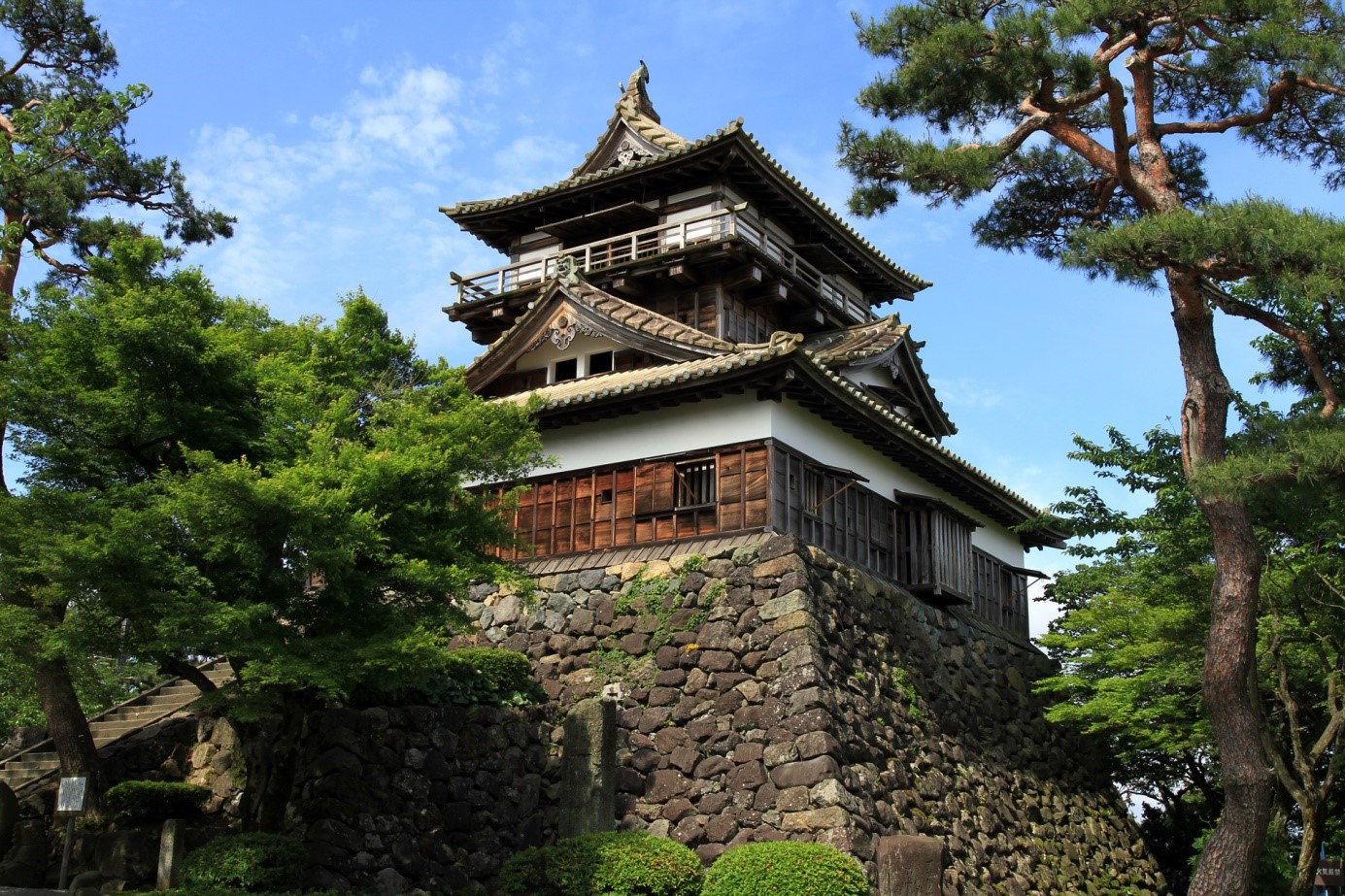
The temple of Hitobashira
Depending on how the term human sacrifice is defined, the kamikaze pilots who tried to crash their planes into Allied ships during World War II could be defined as human sacrifices. Their planes sometimes had images of cherry blossoms, which historically symbolized a samurai who gave his life to the emperor.
Another example of human sacrifice can be found in the stories of Hitobashira — human sacrifices found within the walls or floors of important structures like castles. How often this practice occurred and which structures actually had human sacrifices built within them is a matter of debate. According to legend, Maruoka Castle (constructed in 1576) contains the sacrifice of a peasant woman named Oshizu, who agreed to be sacrificed so that her son could become a member of the samurai class.
Playing Symbolically with Children Sacrifice in Modern India. Symbolically or…..?
Choral Muriyal is a part of a larger ritual called Kuthiyottam which has come to involve buying one or two underprivileged male children between the ages of 8-12 and then piercing their midribs with gold and silver strings or bamboo strands. The sacrifice is an offering to God at Chettikulangara temple for the fulfillment of a sundry variety of wishes from engineering admissions to kids to married couples or even jobs. Originally, the children were meant to be the children of the devotees seeking fulfillment of their wishes. But, like everything else, this has been outsourced to parents and relatives of underprivileged kids looking to make a quick buck.
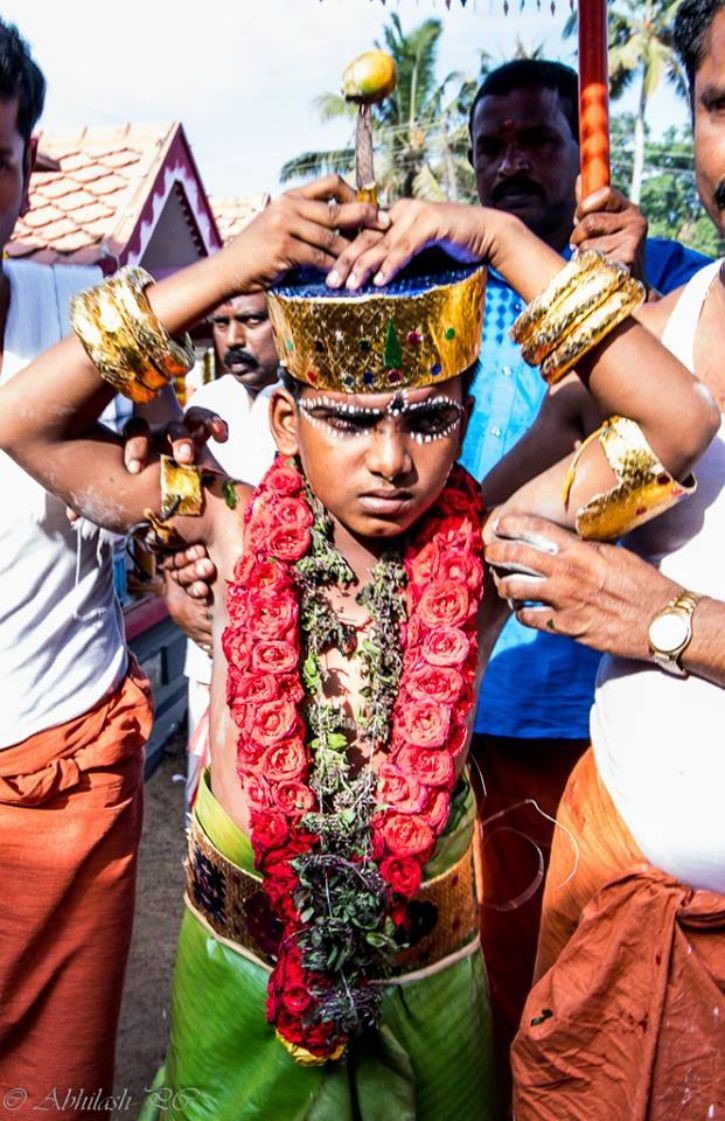
Chettikulangara Temple is one of the main temples where this tradition is being carried out this three-and-a-half-century-old tradition. Of the many stories behind its origin, the one with the king who wanted to please goddess Bhadrakali is the most well-known. After the king prayed to the goddess, a satisfied Badhrakali granted the king a boon. The king asked for perpetual prosperity for his subjects. Legend says that the goddess asked the king to find a perfect male child, educate him and then sacrifice him at the age of 10.

On the Malayalam star, Awasthy day of the month of Kumbham, Asians or masters pierce their midribs, and gold/silver strings or bamboo strands are passed through their piercings. These children are then made to dance all the way to the temple with their hands in the air, so as to not touch the strings. All this, as a part of a full-fledged procession – people, traditional musical instruments, etc. It takes hours for these children to reach the temple. Even with people around them pouring coconut water and fanning their bleeding wounds with their palms, their cries and tears do not cease. On reaching the temple, these threads are pulled out and offered at the temple, which symbolizes that they have been sacrificed to the deity – the Bali is complete.

Traditionally, the children involved in this practice are supposed to be the devotees (who wish to offer as a human sacrifice) own children. But we live in an age where money can pay for anything – even for torturing little kids and scarring them for life. So, the rich folk who wish to offer human sacrifice ‘buy’ marginalized children for as low as Rs 50,000 (600€) to ‘use’ them for this ritual.
Who is this God, who accepts the flesh and blood of the ones with empty coffers and barebacks, to bless those who are sleeping on mattresses sewn in gold threads?
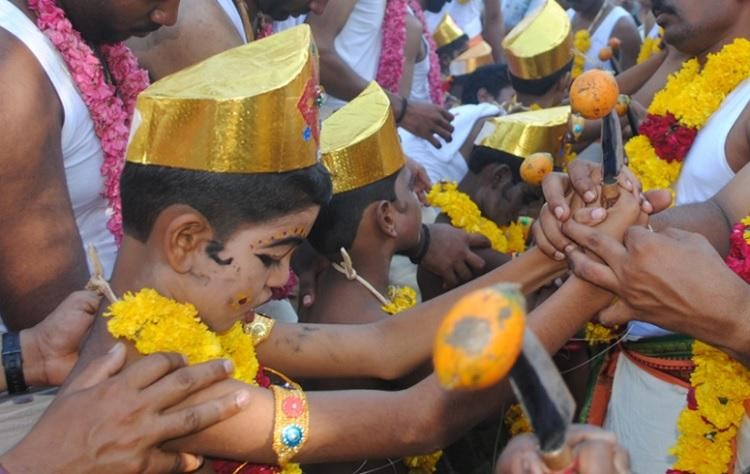
References:
- Tiffiny A. Tung and Kelly J. Knudson in Latin American Antiquity, Volume 21, Issue 1, March 2010, pp. 44 – 66. DOI: https://doi.org/10.7183/1045-6635.21.1.44
- Owen Jarus – Live Science Contributor June 16, 2017
http://robert-gorter.info/britains-child-migrants-told-going-picnic/
http://robert-gorter.info/missing-childrens-statistics/
http://robert-gorter.info/least-100000-victims-modern-slavery-just-uk-alone-40-million-globally/
http://robert-gorter.info/slavery-hypocrisy-still-alive/